Content
Agriculture has a branch called hydroponics, which is based on growing plants in a nutritious aqueous solution or non-nutrient substrate. Gravel, expanded clay, mineral wool, etc. are used as solid fillers. There is a lot of controversy surrounding this industry about its harms and benefits.
Why hydroponics is harmful and beneficial
Hydroponics can bring harm and benefit to a person, because everything depends on the fertilizers used for plant growth. First, let's look at the benefits of this method. Plants fed with a solution containing minerals receive the entire complex of microelements necessary for growth. At the same time, productivity increases, the need for constant watering disappears, the plants grow strong and develop well. The big advantage of hydroponics is that plants are not susceptible to disease-carrying pests. In fact, hydroponics can be environmentally friendly. For example, some countries practice preparing a solution for growing plants from coconut milk. Another advantage of hydroponics is the possibility of year-round harvesting.
If we talk about the dangers of this method, then most of it is created by the person himself. Hydroponics itself is harmless. Chemicals used by unscrupulous manufacturers are dangerous.Vegetables saturated with such substances are comparable in danger to nitrates. Chemicals are often used on vegetables intended for sale. Additives enhance plant growth and productivity. However, the fruits accumulate heavy metals that enter the human body during food intake.
Despite the resistance of hydroponic plants to pests, they still have to be treated. For commercial purposes, additional spraying with solutions is used to increase yield. If you are unaware or irresponsible, toxic substances may be used together with solutions. Entering the human body along with the fetus, they are a serious source of disease development.
Substrates and water used for hydroponics
For solid soil, hydroponics involves the use of special substrates. For their preparation, different fillers are used, which depends on the hydroponic equipment and the type of plants:
- Granite chips or gravel are quite popular for making hydroponics substrate. The big plus is their low cost. However, the main disadvantage is the stone’s poor moisture retention. Granite or gravel based substrate is suitable for frequently irrigated hydroponic systems such as drip irrigation.
- Expanded clay good for the substrate due to the fact that its granules give plants access to a large amount of oxygen. However, expanded clay cannot be used for more than 4 years due to its ability to accumulate microbes that develop in plant waste products. The moisture retention rate of granules is low. The substrate requires frequent watering.
- Sphagnum moss is a natural component for the substrate. It provides plant roots with sufficient oxygen and moisture. The use of moss is justified with a wick irrigation system.
- Coconut substrate is more durable than moss and contains many useful microelements. Ideal for any hydroponic equipment, greenhouses or just flower pots.
- Mineral wool its structure resembles a coconut substrate, only it contains no organic nutrients. Mineral wool retains moisture well, plus it is durable. When growing plants on mineral wool, you need to take care of high-quality irrigation of the roots with a nutrient solution.
- Perlite is a granule of volcanic rock. The porous filler is ideal for use with wick irrigation. Sometimes perlite is mixed with vermiculite in equal proportions.
- Vermiculite made from mica. It is an organic substrate with a high moisture retention rate, saturated with micro- and macroelements. For hydroponics, vermiculite is considered the ideal choice.
In addition to solid substrate, plants can be grown on liquid solutions. Naturally, water is used to prepare them:
- The composition of city water drawn from the tap contains chemicals. They are added to purify the liquid and bring it to drinking standards.Hydroponics tolerate sodium chloride worst of all, which causes toxic poisoning of plants. However, chlorine tends to evaporate. Before using city water, it must be left in an open container for at least 3 days, and then passed through a carbon filter.
- Well and river water is saturated with bacteria that are undesirable for plants and cause plant disease. When using such a liquid, it must first be disinfected with chlorine and then purified, as was done with water from the city water supply.
- Rainwater contains many pollutants. Collected liquid from metal roofs, gutters and other structures contains many impurities of zinc, as well as other metals. In addition, rain can be acidic. The quality of such water can only be judged after obtaining the results of laboratory tests.
- Distilled water is the purest and best liquid for hydroponics. The only drawback is the lack of useful microelements. This issue can be resolved by adding a higher concentration of nutrients.
Having understood the substrates and water for hydroponics, it is time to familiarize yourself with what type of installations they are used.
Hydroponic installations
The choice of the type of substrate, as well as the method of growing plants in water, depends on the equipment used for hydroponics. There are several types of installations:
- Wick installation involves the use of a container with a nutrient solution. A tray with plants growing in the substrate is placed on top of it. Wicks are lowered from the tray into the container, through which moisture enters the substrate to the roots of the plants. The equipment is suitable for a small garden or exotic plants.This installation is not suitable for growing herbs and vegetables.
- Installation from a floating platform more suitable for growing indoor moisture-loving flowers. The equipment consists of a container with a nutrient solution, on which a platform with holes, for example, made of foam, floats on top. Plants grow in these holes. The solution is sprayed to the plant roots under the platform by air compressors.
- As equipment for periodic flooding, two containers installed one above the other are used.. The lower reservoir contains a nutrient solution, and the upper tray contains a substrate with plants. A timer-controlled pump pumps liquid into the upper tray, after which it randomly flows back into the lower reservoir. The installation is suitable for a garden or greenhouse.
- Drip irrigation consists of thin hoses connected to the roots of each plant growing on a solid substrate. The nutrient solution is delivered through hoses to the roots of each plant. The equipment is used in home and industrial cultivation of vegetables.
- Equipment for air growing involves the use of empty containers made of opaque plastic without substrate.. Plants are simply placed inside the tank and the roots are sprayed with a nutrient solution using an ultrasonic sprayer. The installation is ideal for the home garden.
A general understanding of the equipment and its operation should be clear to everyone. Now let's look at the example of growing tomatoes.
Growing tomatoes hydroponically
Growing tomatoes hydroponically will give good results only with the use of certain varieties, for example, “Gavrosh”, “Alaska”, “Druzhok”, “Bon Appetit”.
The video talks about hydroponic tomatoes:
The method for making a plant and growing tomato seedlings involves the following steps:
- Mineral wool is soaked in a solution of water and slaked lime. This achieves an acidic environment for the plant. Tomato seeds are placed in moisture-saturated cotton wool, after which it is laid out in plastic containers where the seedlings will grow. The bottom of the container must be drilled with 5 small holes.
- The sprouted sprout needs to be provided with a 12-hour light supply for its development. Slightly stronger plants are transplanted into large containers with disinfected substrate. You can replant with cotton wool so as not to injure the root system. A drip irrigation hose is connected to each plant. During seed germination in mineral wool, light should not be allowed to enter the root system. This is detrimental to the plant.
The video talks about hydroponic tomatoes:
- An adult plant requires up to 4 liters of solution per day. As they grow, the addition of fertilizers to the water is gradually increased, first 1 and then 2 times a week. After flowering begins, artificial pollination is done with a watercolor brush to form the ovary.
During long-term cultivation, salt accumulates on the root of the plant. To remove accumulations, remove the tomato along with the substrate from the container and wash the roots with clean water.
The video talks about making hydroponics yourself:
Conclusion
In fact, hydroponics is a profitable and environmentally friendly method of growing crops at home and on an industrial scale. The main thing is to use safe solutions that do not harm the human body.
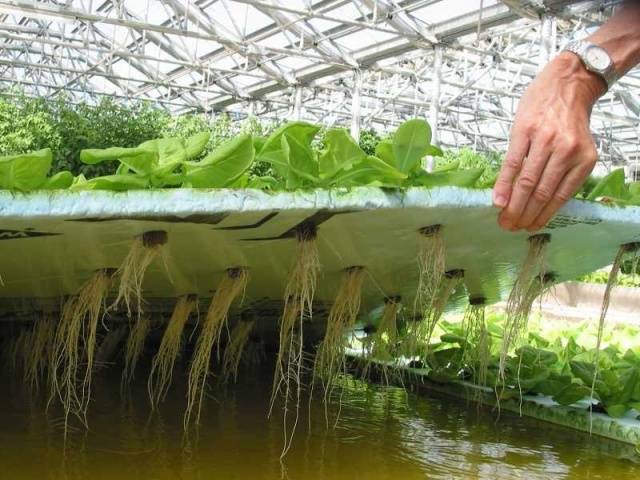
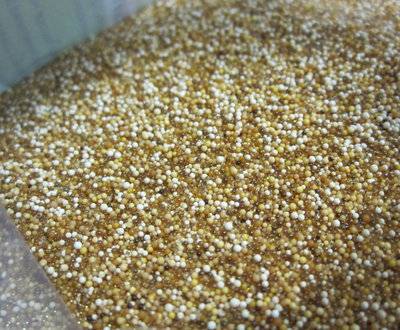
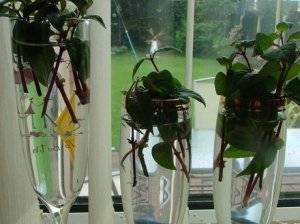
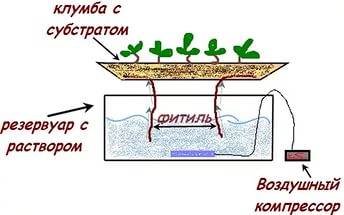
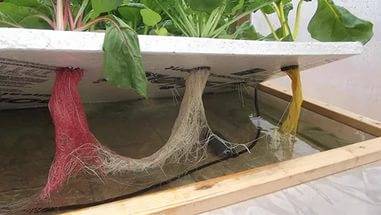
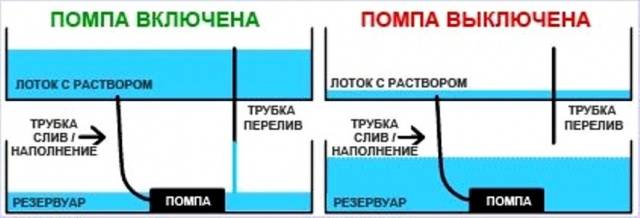
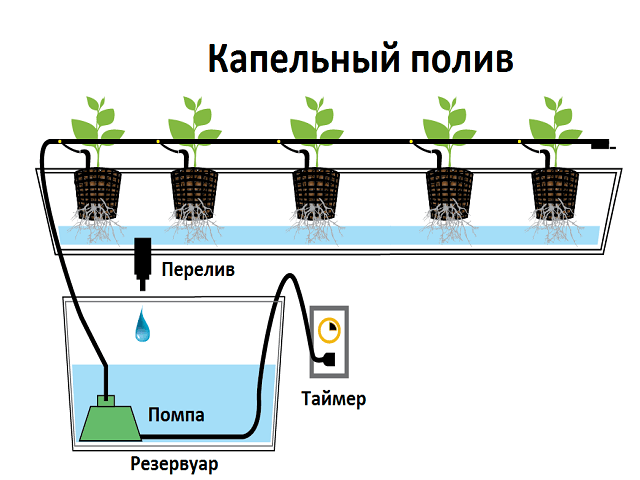
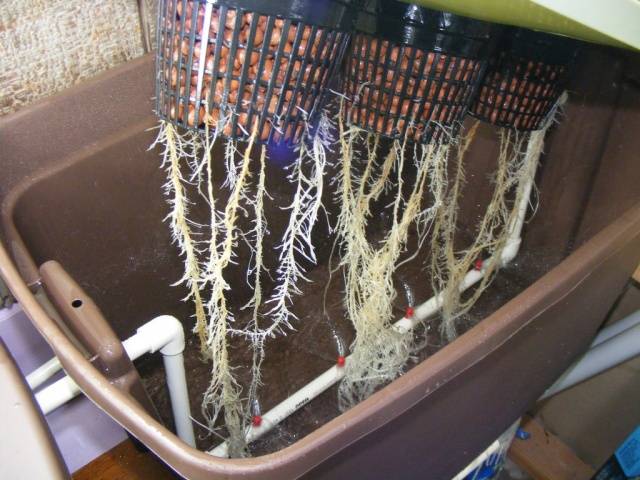
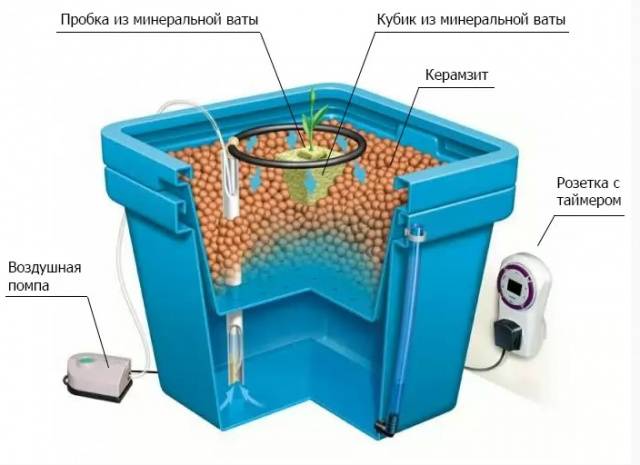
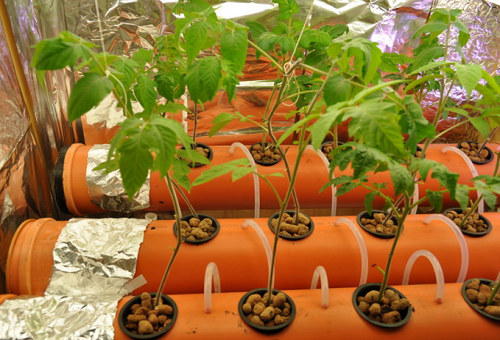
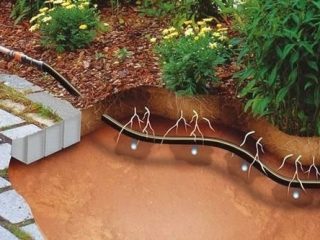
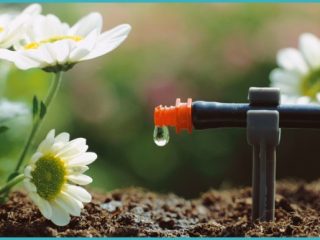
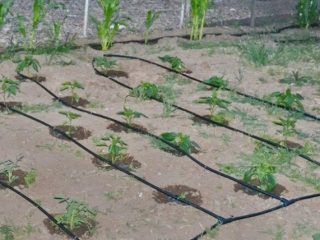
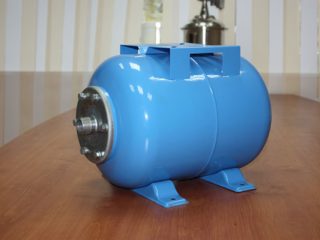

Growing plants using soilless methods is quite popular. My father-in-law grows onions, parsley and other greens in winter this way. Everything grows well in hydroponics if the right conditions are created. The taste of its harvest is very normal, and not particularly different from ordinary garden ones.
Unfortunately, not all products purchased on store shelves can be trusted. I wash them with water diluted with apple cider vinegar. To at least somehow protect yourself and your family.
Helpful information. You can try it next season.
By God, I didn’t know that this is the method of growing that produces equally beautiful tomatoes and not only tomatoes, as I understand it. And for sure, such vegetables have no smell. They also taste different from garden ones. At least those bought in a store or market. A little bland, I would say.
The idea of growing plants using soilless methods has become popular. This is how I grow greens in winter. All materials for this can be purchased in a special store. As a substrate I use a mineral filler - moss or sawdust. Greens grow well hydroponically. It is important to create good conditions (light, temperature, humidity).
Alas, with us any good idea can be cut short at the production stage.So in this matter, there are big doubts. And in the end, the benefits of the product will also be doubtful...it is precisely the manufacturers who will add as fertilizer